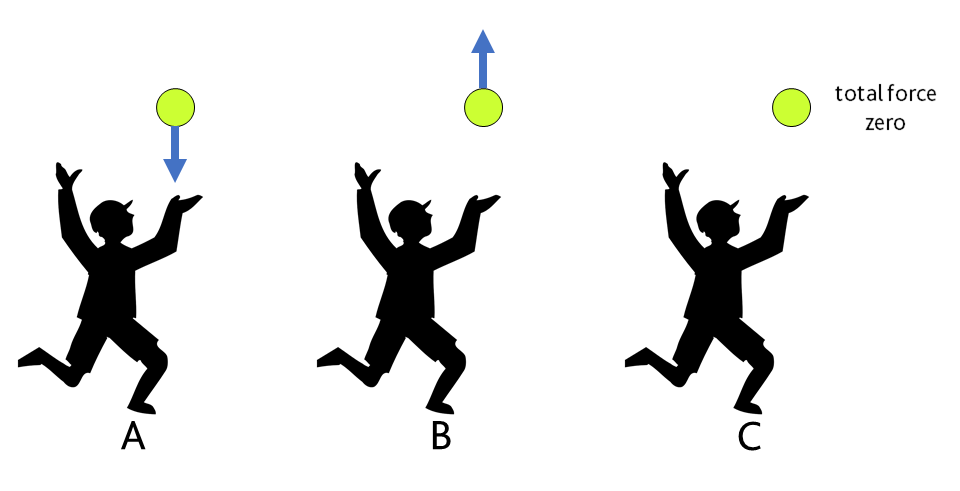- View more resources from this publisher
 STEM Learning
STEM Learning
CPD taster - Teaching Key Stage 3 physics for non-scientists
This is a CPD taster created to give teachers a better understanding of what to expect when joining one of our secondary science courses. Below you will find a video and a task for you to do in your own time. Once you have done the activity, book on to Teaching Key Stage 3 physics for non-scientists (NY304).
Are you teaching Key Stage 3 science for the first time? You will want to develop your pedagogical and subject knowledge, with a focus on the key principles needed to teach science effectively though the use of stimulating practical activities and demonstrations. In this first video, Adam Little, professional development lead for physics, discusses how subject knowledge and pedagogical content knowledge are both crucial ingredients in developing your teaching and your students’ learning. Then, there is a short task that demonstrates how diagnostic questions can be used to identify misconceptions.
Task: Exploring diagnostic questions
Understanding what misconceptions you and your students might have through testing prior knowledge is key to understanding how to remove this and help develop their understanding of the topic as well as the bigger picture. This task shows a diagnostic question, taken from the Evidence based Practice in Science Education (EPSE) project at the University of York, which can be used to test prior knowledge of forces.
Have an attempt of this yourself, and note down any ideas you have.
Diagnostic question: What forces are acting?
Jan throws a tennis ball straight up into the air for a short distance and catches it when it comes down again. The diagrams below show 3 possible scenarios of forces on the ball.

-
Which diagram shows the total force acting on the ball on its way up?
-
Which diagram shows the total force acting on the ball right at the top of its flight?
-
Which diagram shows the total force acting on the ball on its way down?
Write down your answers for each question and give a reason for why you think what you did. You might like to share this question with a colleague and see if they have a differing opinion to you, and if they do, why do they have that idea? When you have finished, scroll down and we will discuss the answers and ideas... no peeking now!
Answers and Ideas
What did you think? Were you able to share the question with someone else? Did they have a difference of opinion? What were the differences - if any? Why did they have a different opinion?
There will be lots of different thought processes going on from your students with such a question, and it’s important to address any misconceptions they have.
Now, for the answers to this question. There is actually a common answer for all 3 questions: diagram A. Let’s discuss each question individually below:
Next steps
In the next video, Adam explains how you can approach this kind of activity and how this course can help you teach Key Stage 3 physics confidently and effectively. It will help you explore and refine the understanding of key topics including energy, motion, forces, waves, electricity and magnetism. We will look at cutting edge research that will link the learning to students' everyday lives and look at scaffolding the learning to show rapid and sustained progression.
Book your place on Teaching Key Stage 3 physics for non-specialists (NY304).
Show health and safety information
Please be aware that resources have been published on the website in the form that they were originally supplied. This means that procedures reflect general practice and standards applicable at the time resources were produced and cannot be assumed to be acceptable today. Website users are fully responsible for ensuring that any activity, including practical work, which they carry out is in accordance with current regulations related to health and safety and that an appropriate risk assessment has been carried out.




